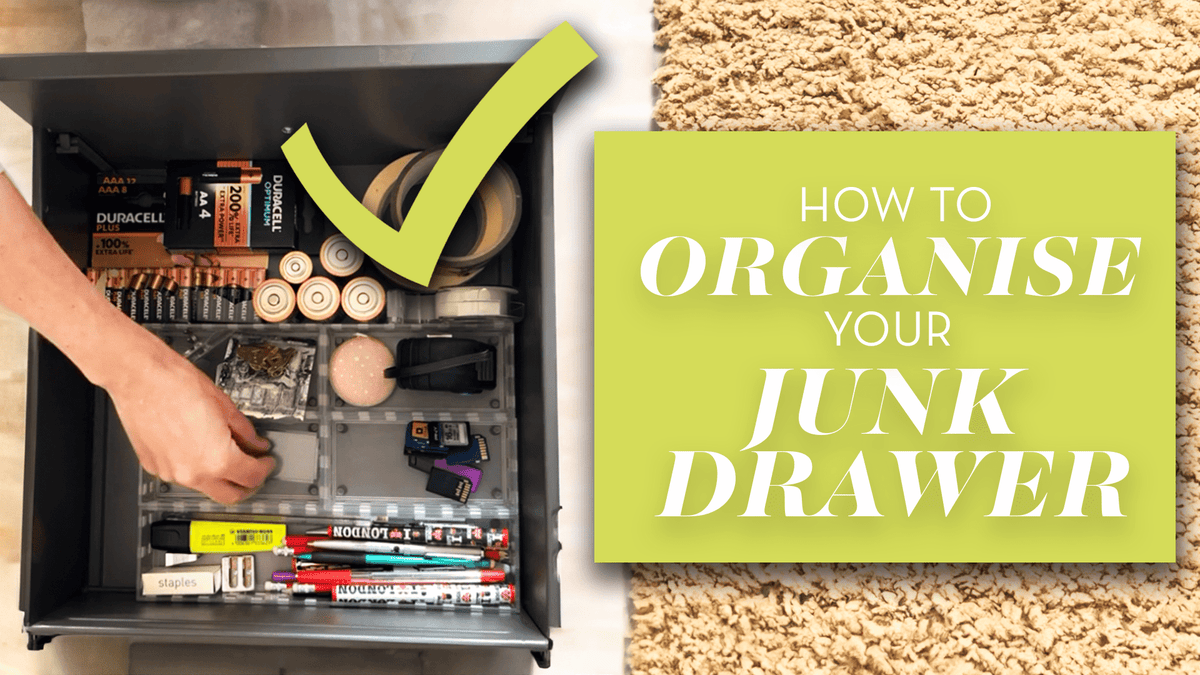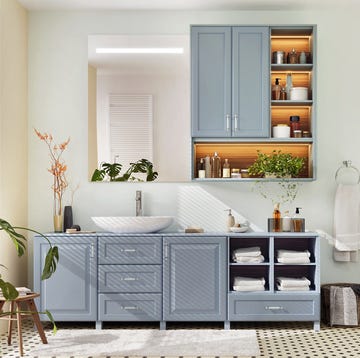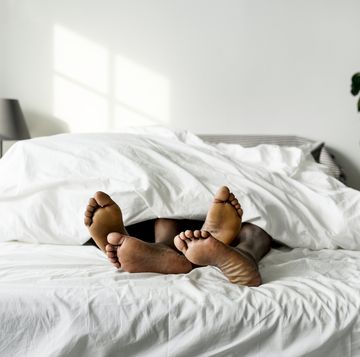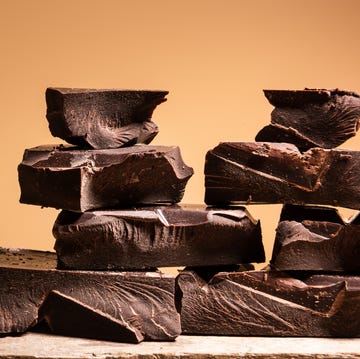From the satisfying crunch of autumn leaves underfoot to dark, wintry evenings spent cosied up on the sofa with a good book or a boxset, there’s plenty to love about this time of year. However, none of us will relish the discovery of damp or mould in our homes, which are more likely to make an appearance in the colder months.
When the temperature drops, condensation leads to moisture on windows, which can in turn cause damp and mould. Not only is this unattractive to look at, but it can also cause respiratory problems, especially if you have allergies or asthma.
If you suspect that you might have damp or mould in your home, don’t put off dealing with it. Here’s what you can do.
How to spot signs of damp and mould
It’s important to know the early signs so that you can tackle the issue head-on. Look out for moisture on your windows, peeling wallpaper and damp patches. Wiping it away or simply turning up the heating won’t rid you of the problem.
Chris Michael from Meaco, a leading UK supplier of dehumidifiers and air purifiers, explains: “A damp house means damp air, so you’d simply be heating up the wet air molecules, rather than raising the room temperature. A room will feel warmer if you’re heating dry air.”
Expert cleaning tips
HOW TO CLEAN MOULD AND MILDEW STAINS
HOW TO REMOVE LIMESCALE
HOW TO CLEAN WINDOWS
Dehumidifiers
Dehumidifiers work by reducing the level of humidity in the air – sucking in air from the room at one end, removing the moisture, then blowing it back out into the room again, adding warmth at the same time.
Water is separated from the air during this process and either collected in a tank to be emptied or drained away continuously via a drainage hose (although not all models come with one of these).
Portable dehumidifiers are ideal in the home as they can be moved around, be it to a damp basement, a musty loft or in the laundry room after you’ve put a wash on. Many of the models we’ve tested had castors and handles for ease of portability. They’re not the best-looking products and you can’t tuck them away out of sight when in use, but the job they do outweighs this.
There are two main types of dehumidifiers: desiccant and refrigerant. Desiccants are designed to work primarily in colder conditions, such as a conservatory or garage. These tend to use more energy than refrigerant models. Refrigerant models work better in warmer conditions, so are best for use inside the home.
Keep in mind that a dehumidifier will cost you energy to run, so only switch it on when it’s necessary. For instance, you may need it on during cooking, while your clothes are drying or even after you’ve taken a shower.
If you’re ever unsure of the conditions in your home, a humidity reader such as NOKLEAD Hygrometer Indoor Thermometer can help. For guidance, most recommend 40-60% as the ideal humidity level indoors.
Tips for preventing damp and mould
- Each morning, pull back the bed covers to allow moisture to escape, rather than trapping it in by making your bed straight away. At the same time, open windows to allow an escape route for the moisture.
- Open your curtains and blinds during the day to warm rooms up naturally and prevent moisture being trapped around the windows.
- Ensure your bathroom extractor fans are on when bathing. Give your bathroom extractor fan a clean by dampening a cloth and clearing fluff from the filter that could cause it to be less efficient.
- When boiling or steaming on your hob, ensure lids are fitted on to pans and open the window slightly to let the water vapour escape.
- It’s a good idea to switch on the kitchen extractor fan while you’re cooking on the hob as well. This will vent any steam as you cook. Just remember to keep your extractor fan clean to keep it working efficiently. Remove the outer cover and wash in a warm solution of washing-up liquid, or place in your dishwasher (if dishwasher safe) and dry before replacing.
- Dry clothes outside where you can. The excess moisture will be released outdoors rather than in your home. The sun’s UV rays can help brighten your whites at the same time.
- If you’ve no choice but to dry clothes indoors, place them on a clothes horse (not a radiator) near an open window or in a room with an extractor fan.














